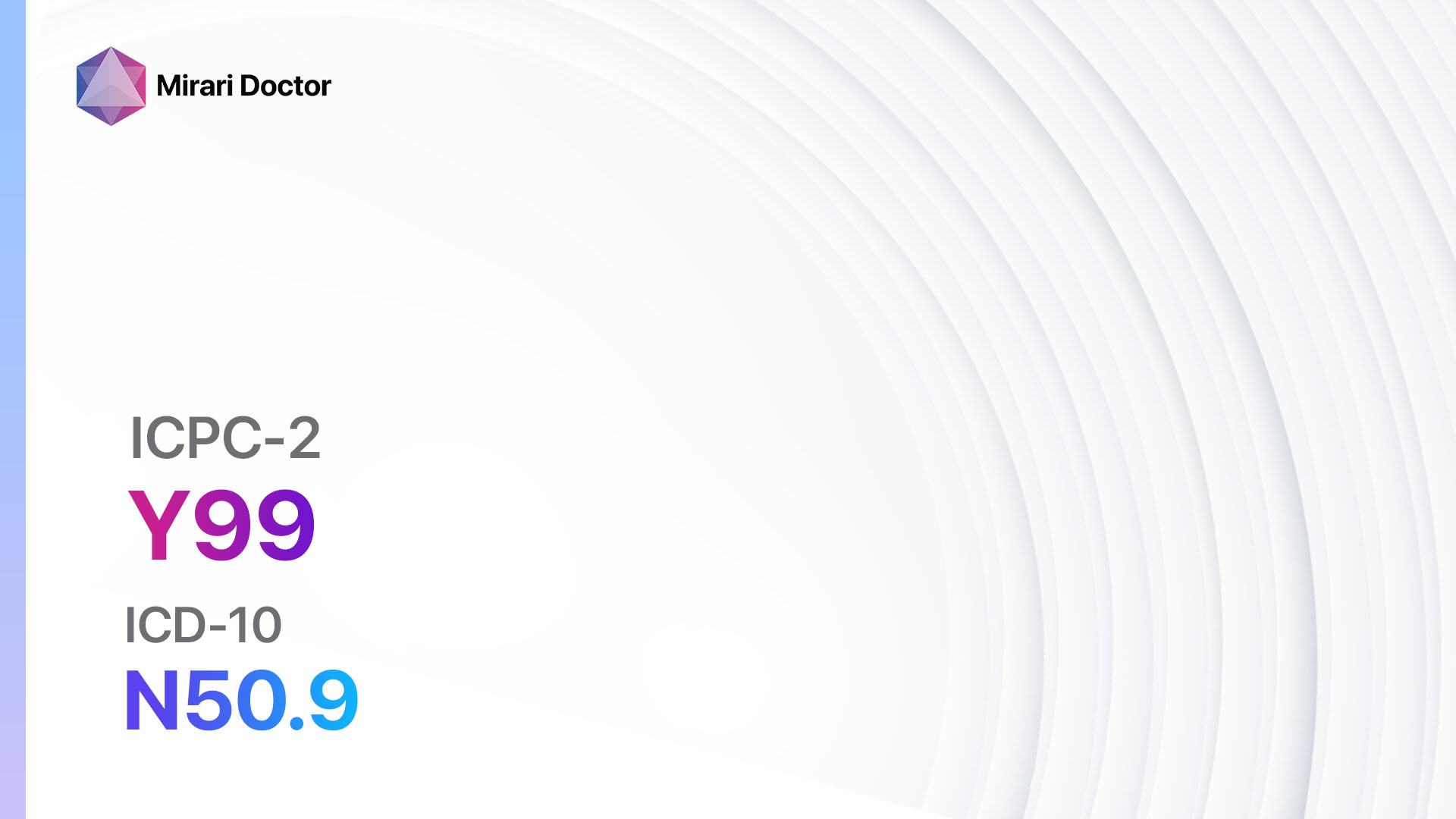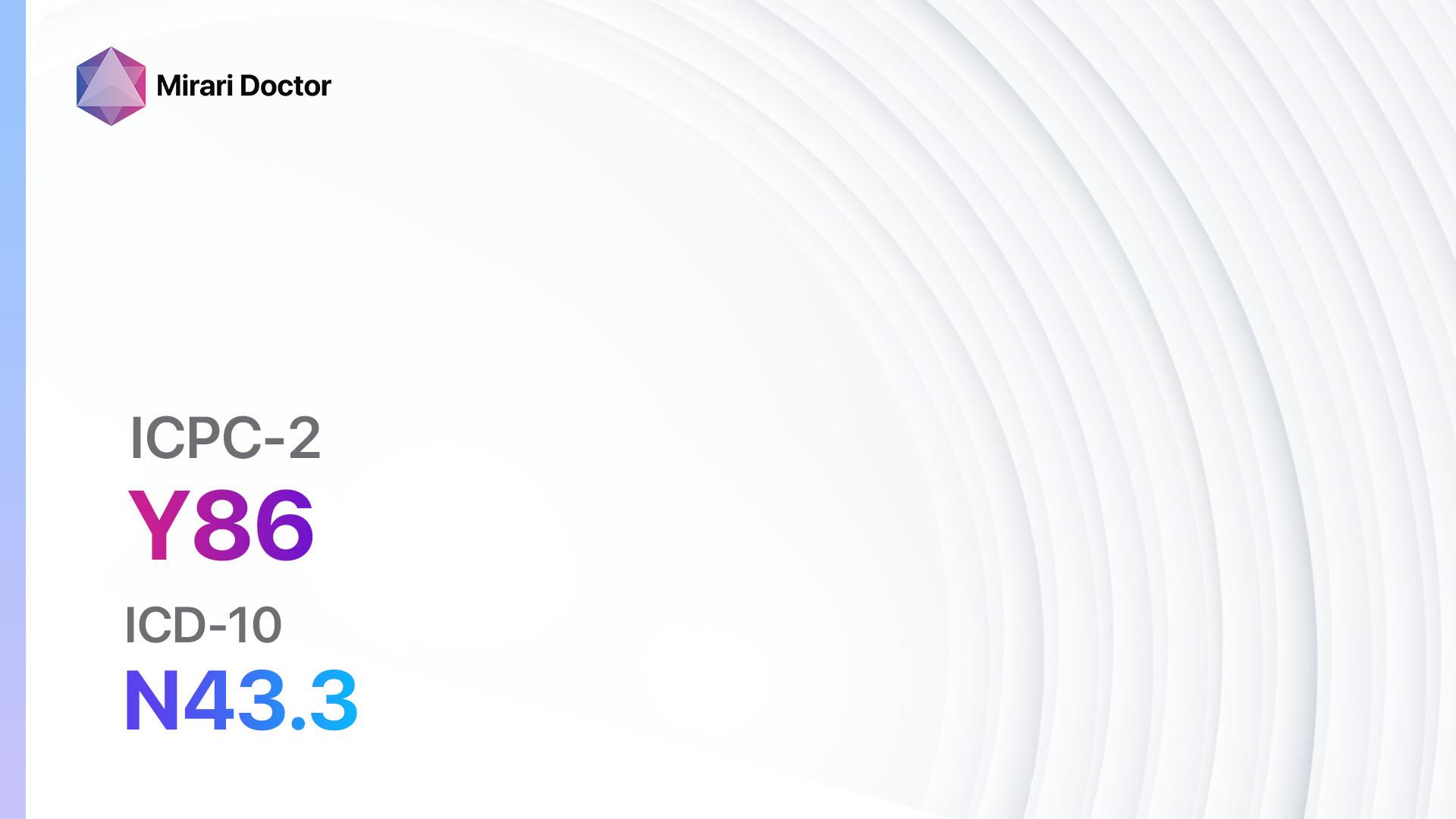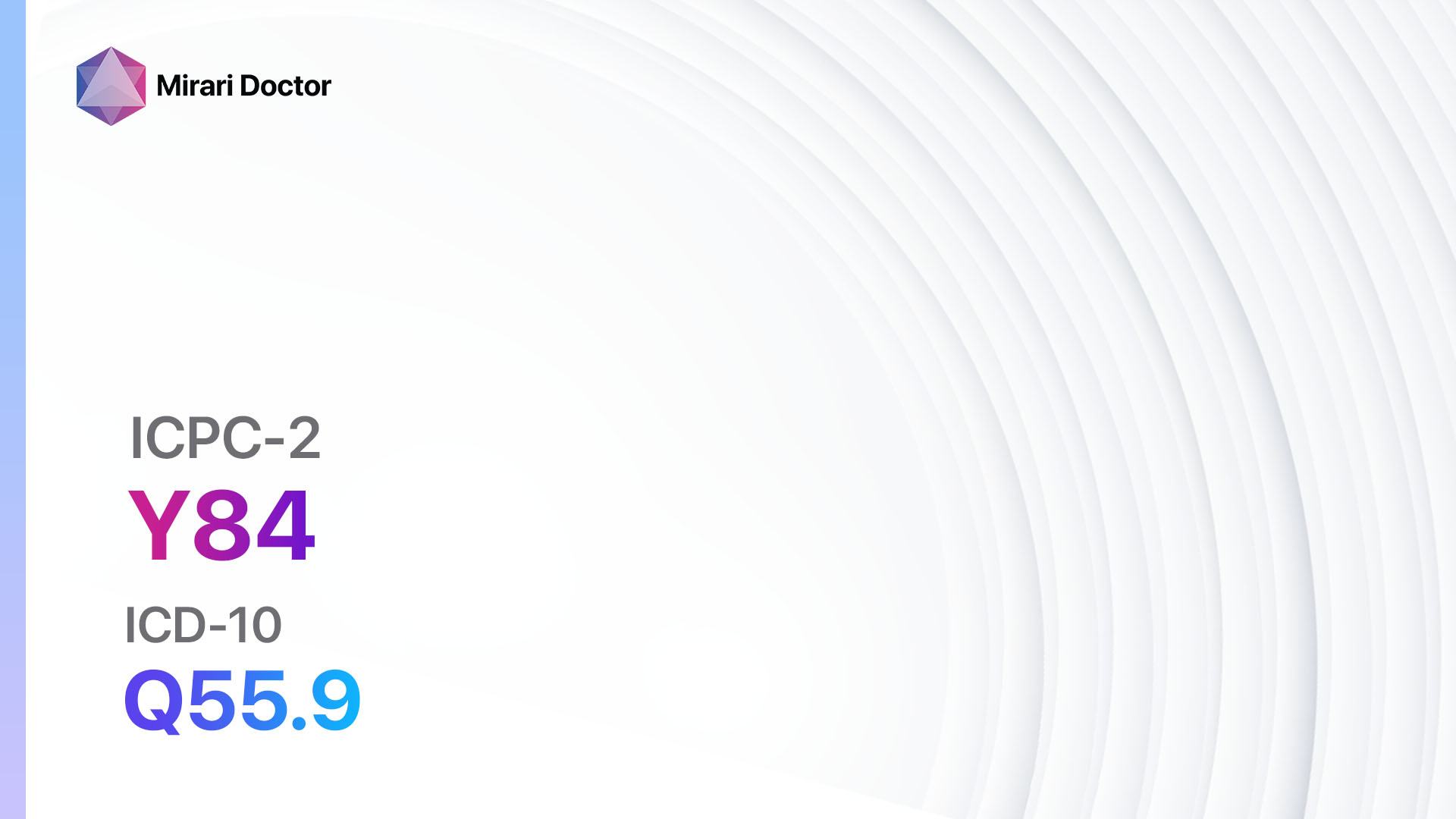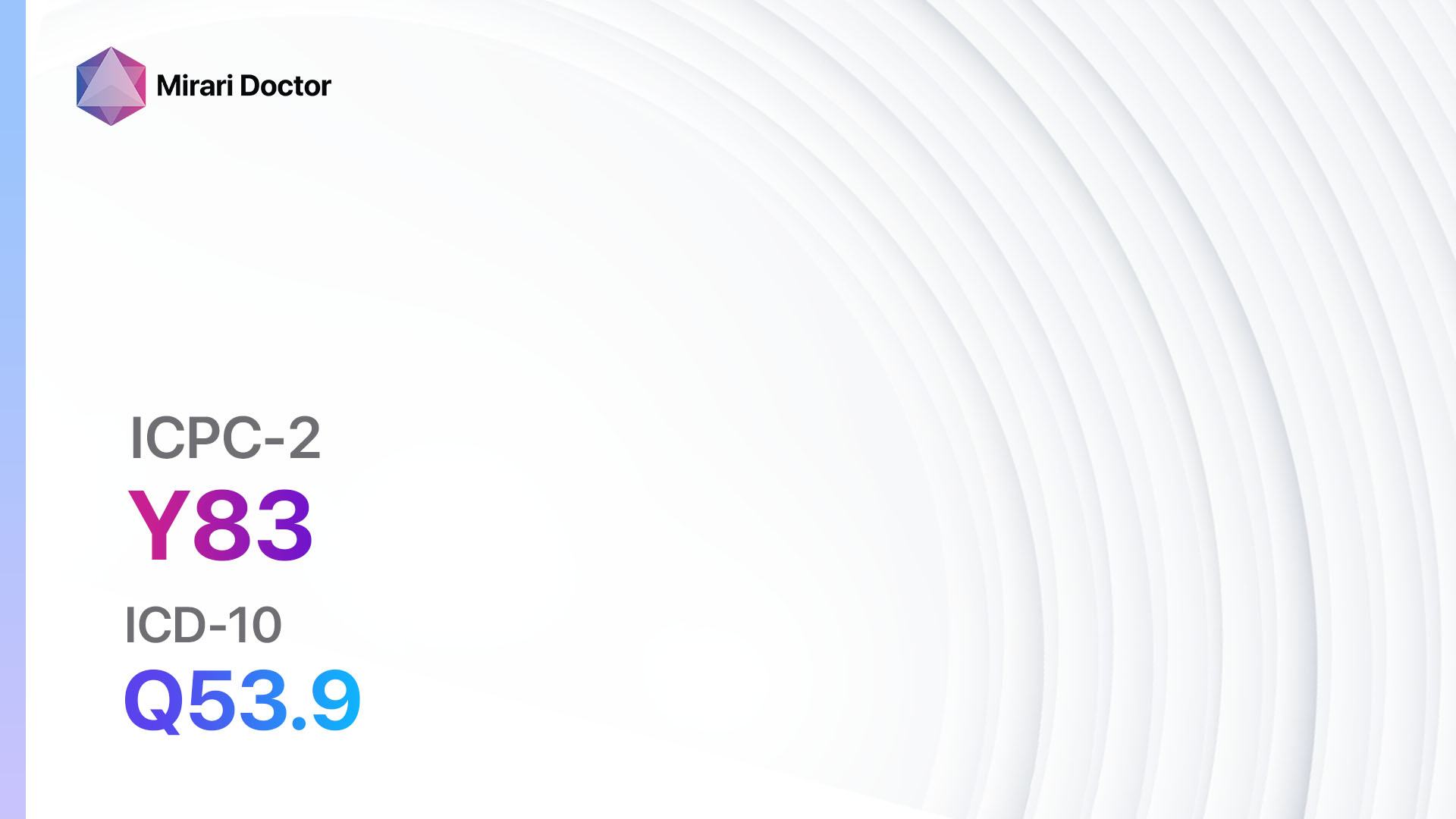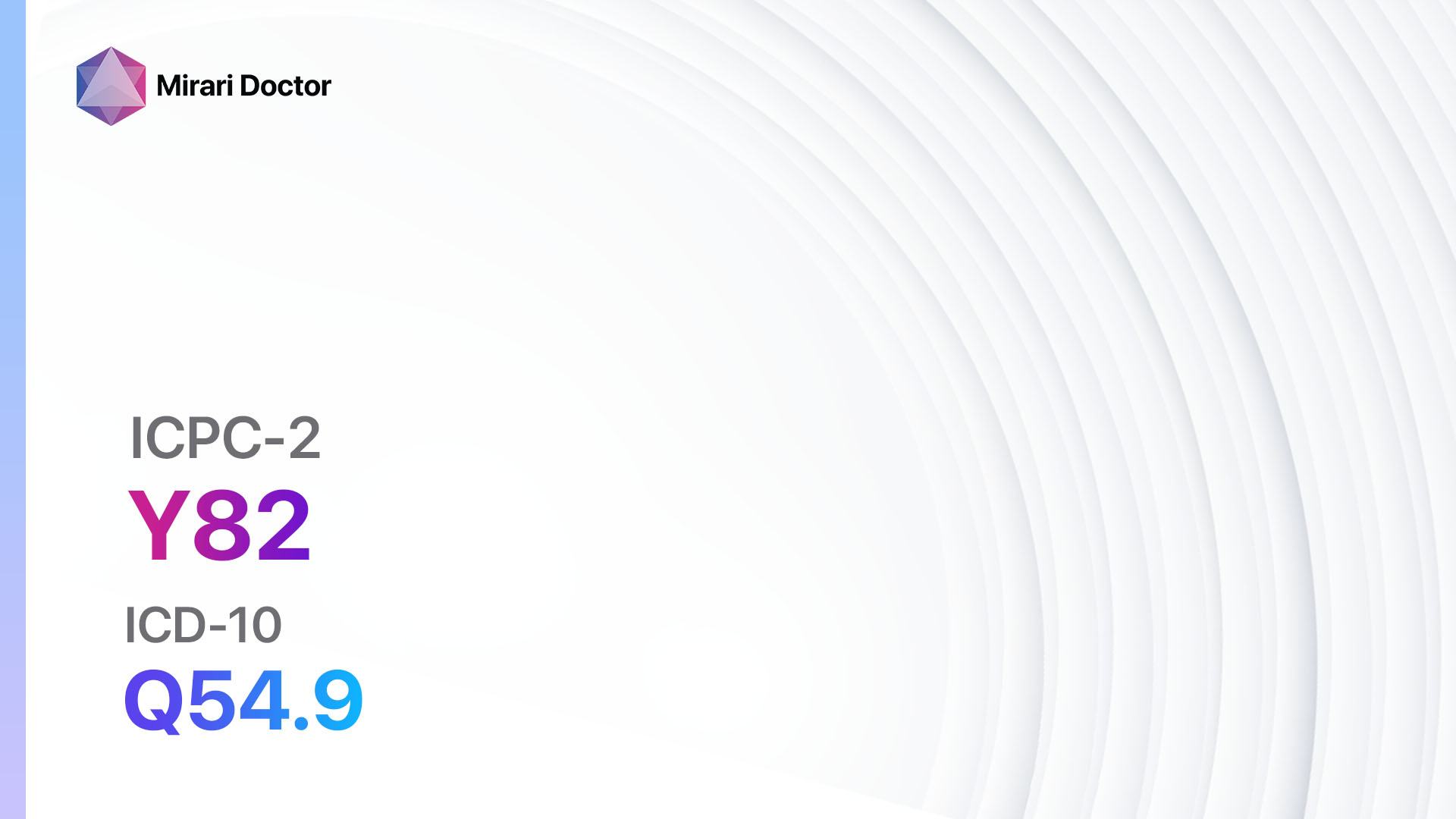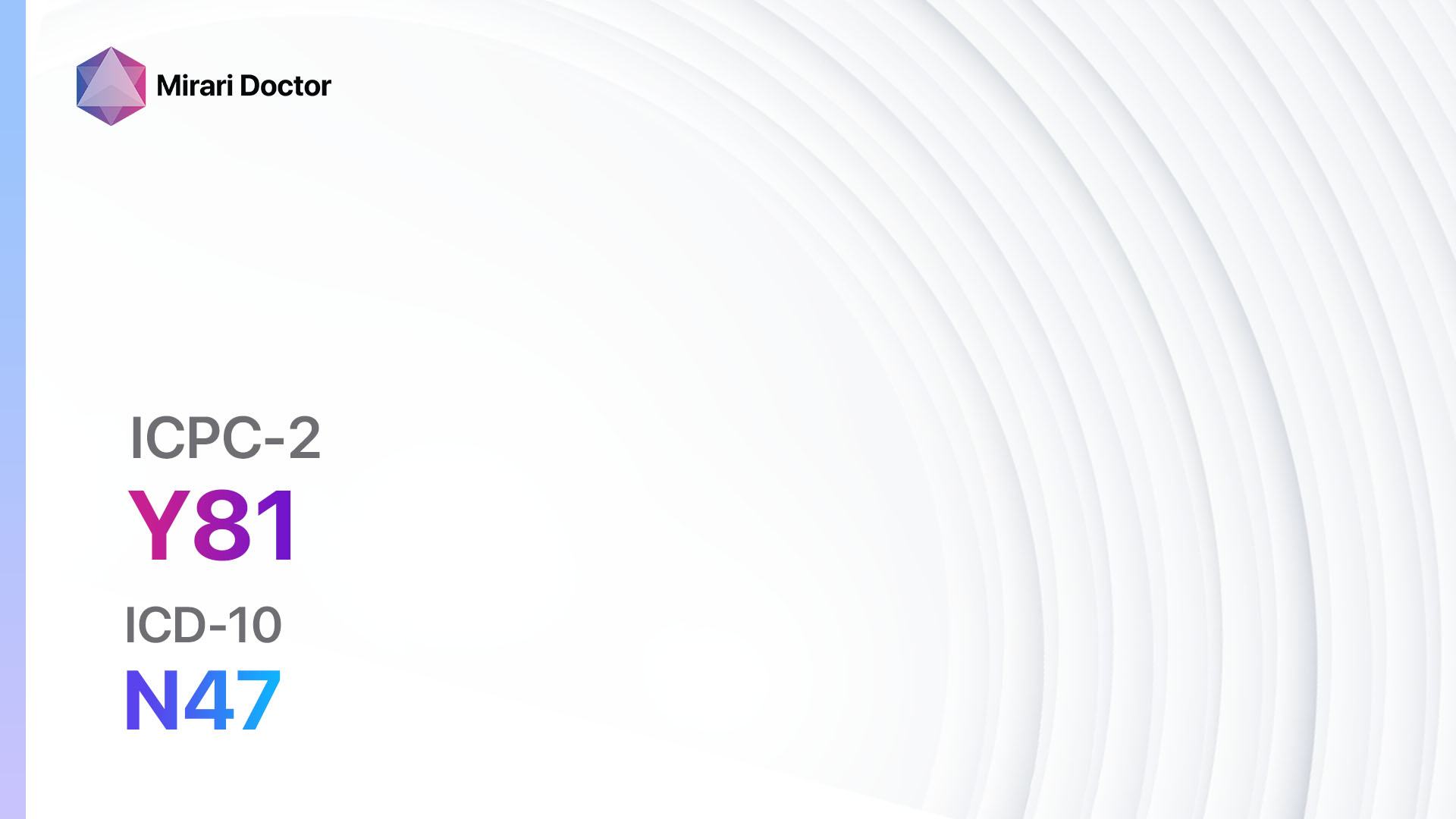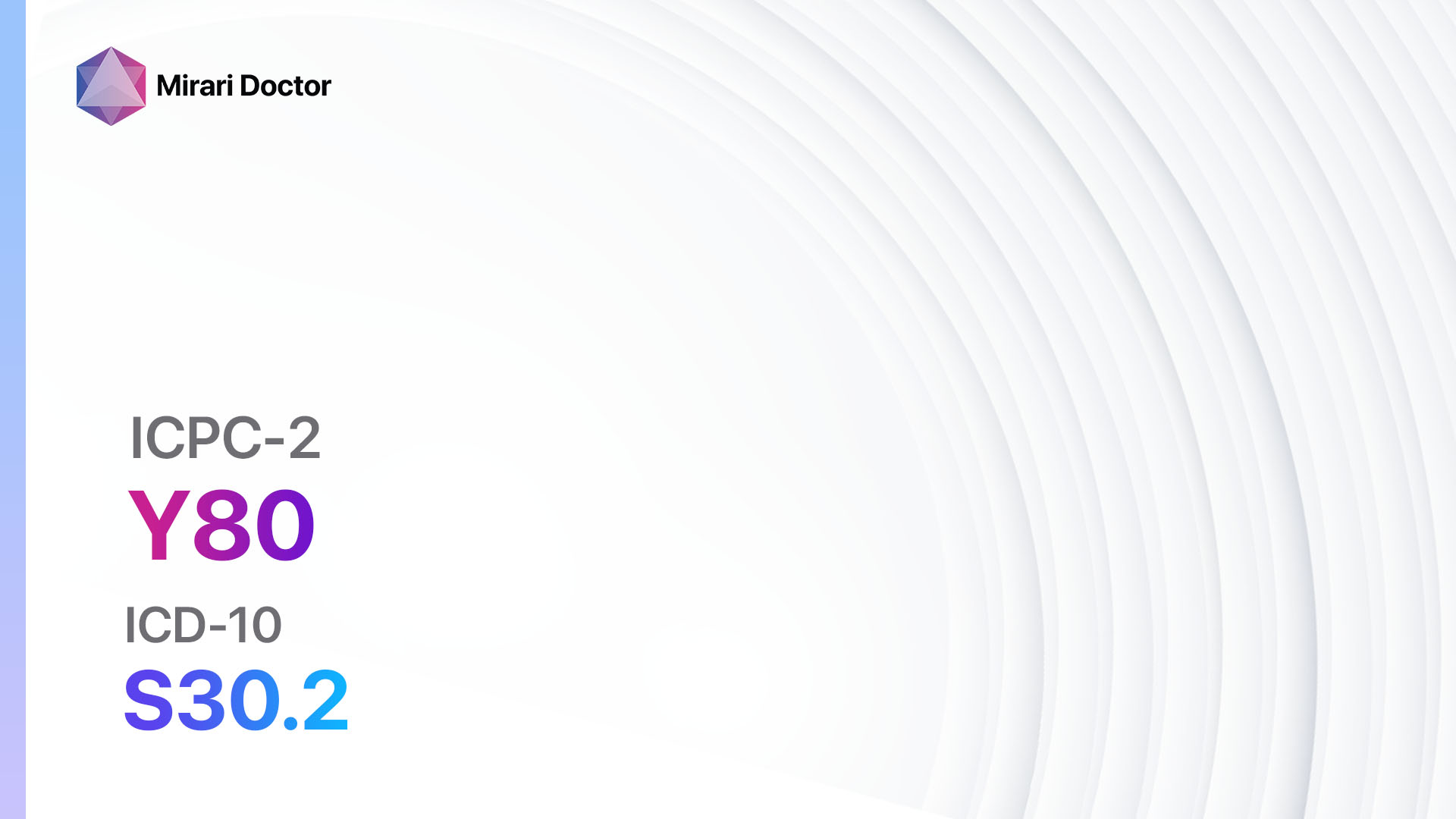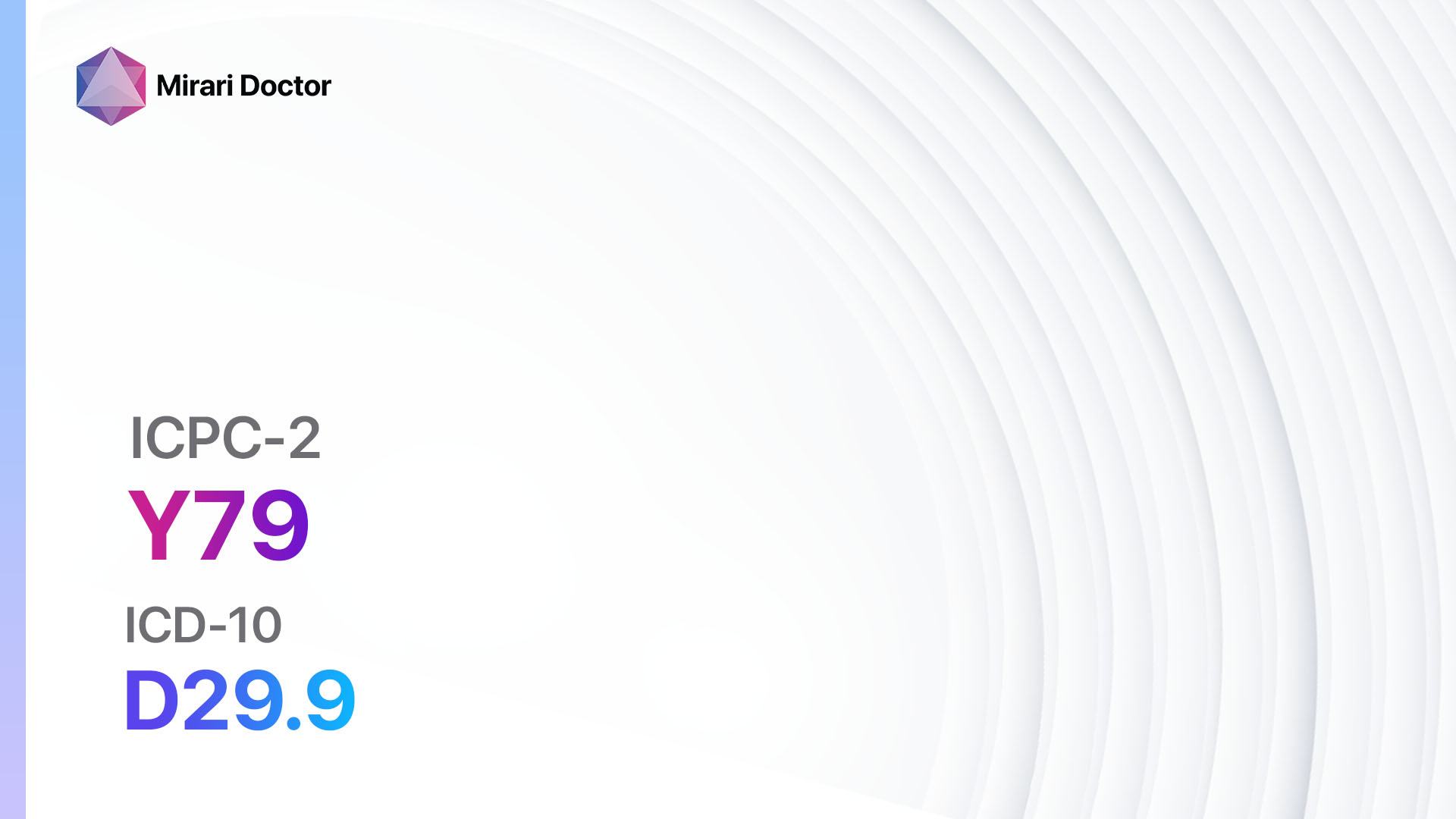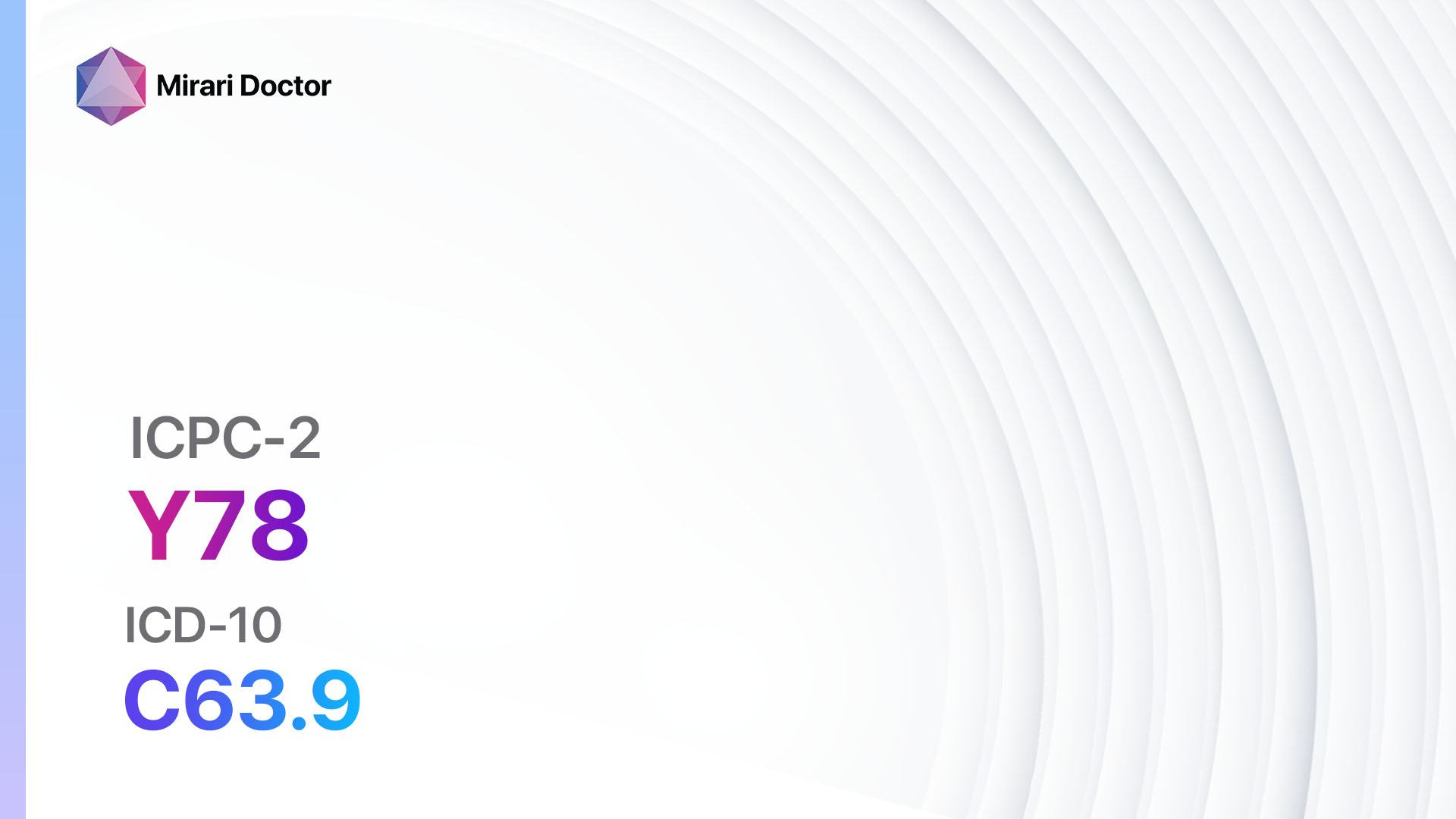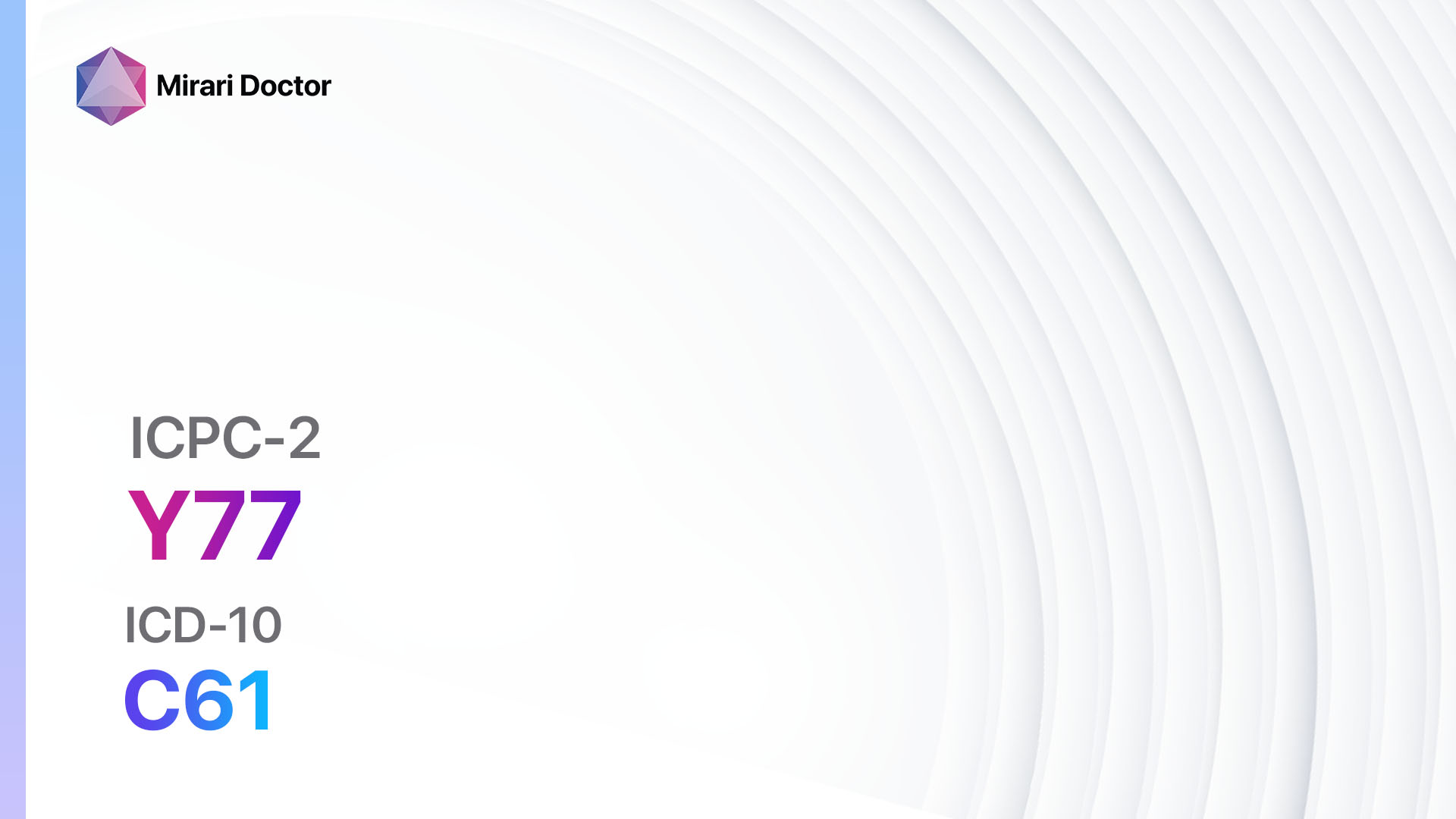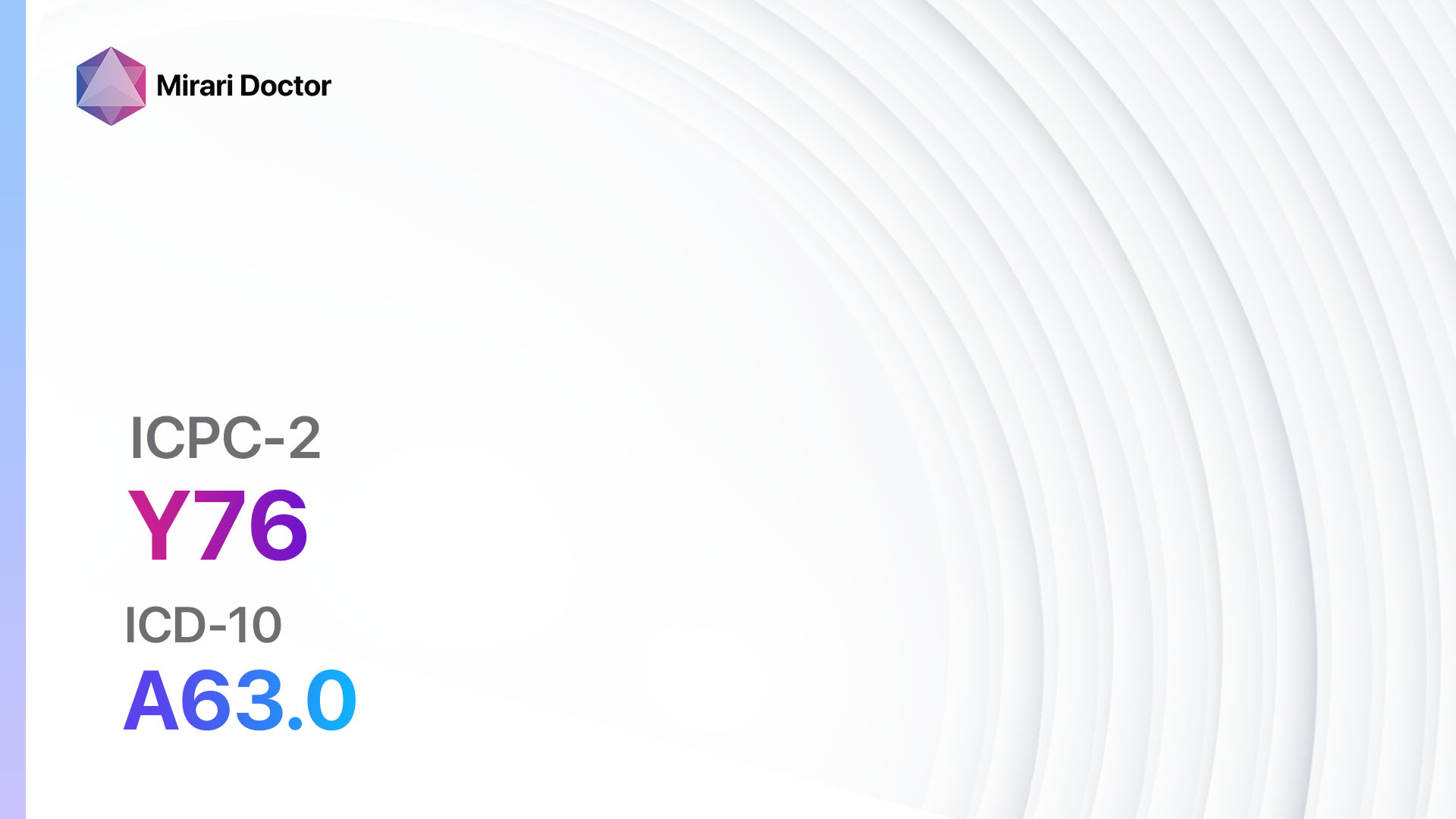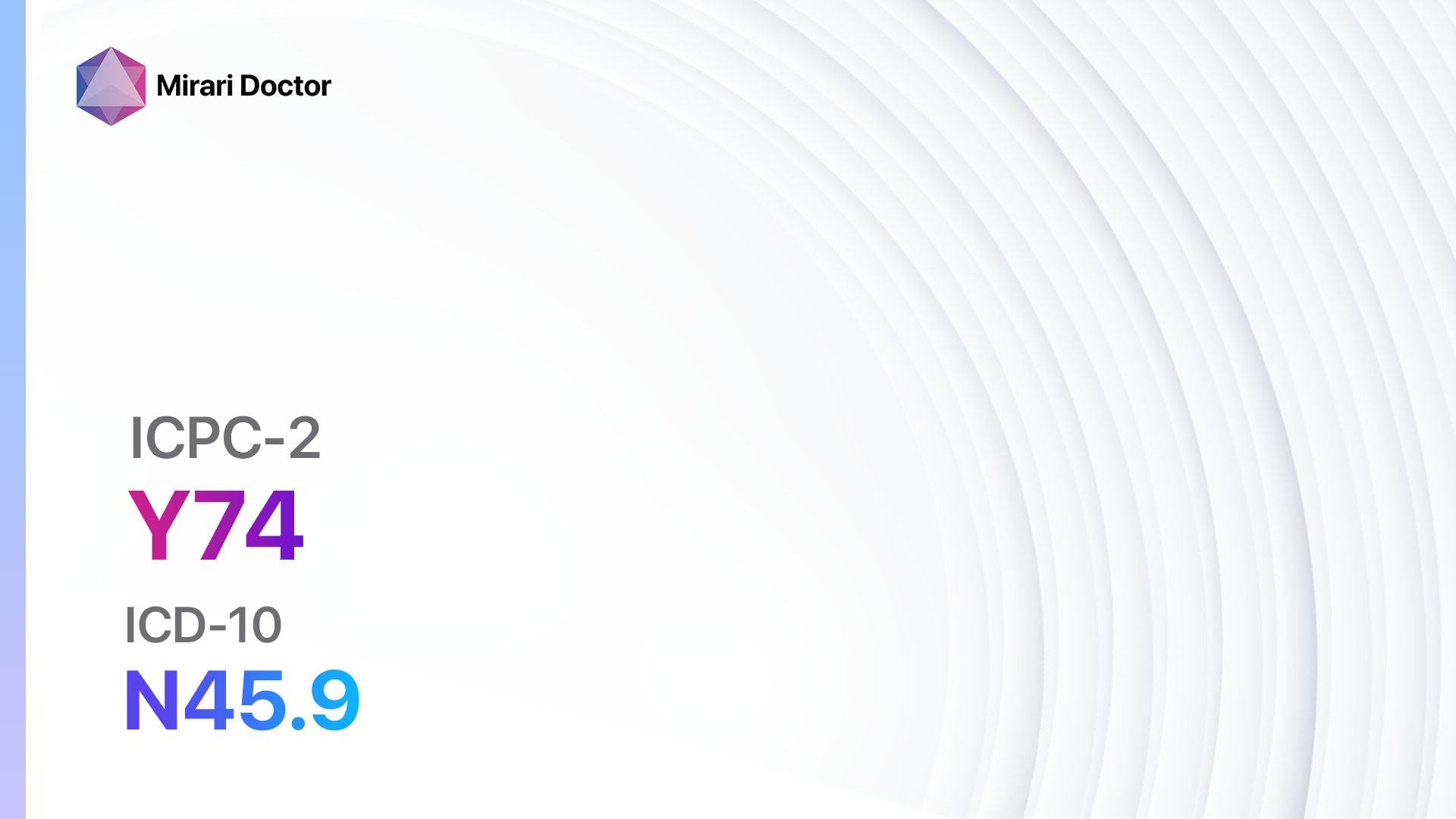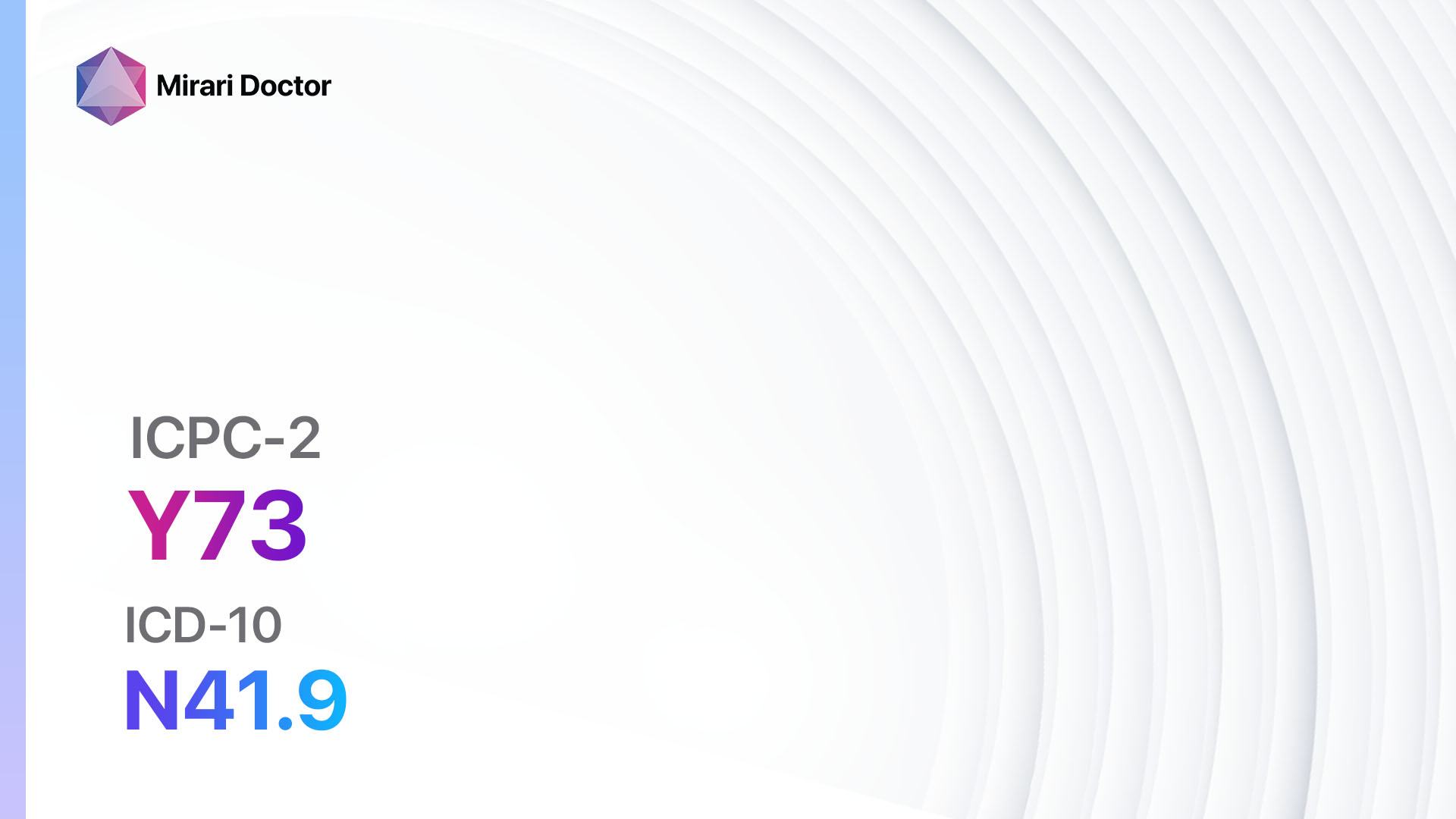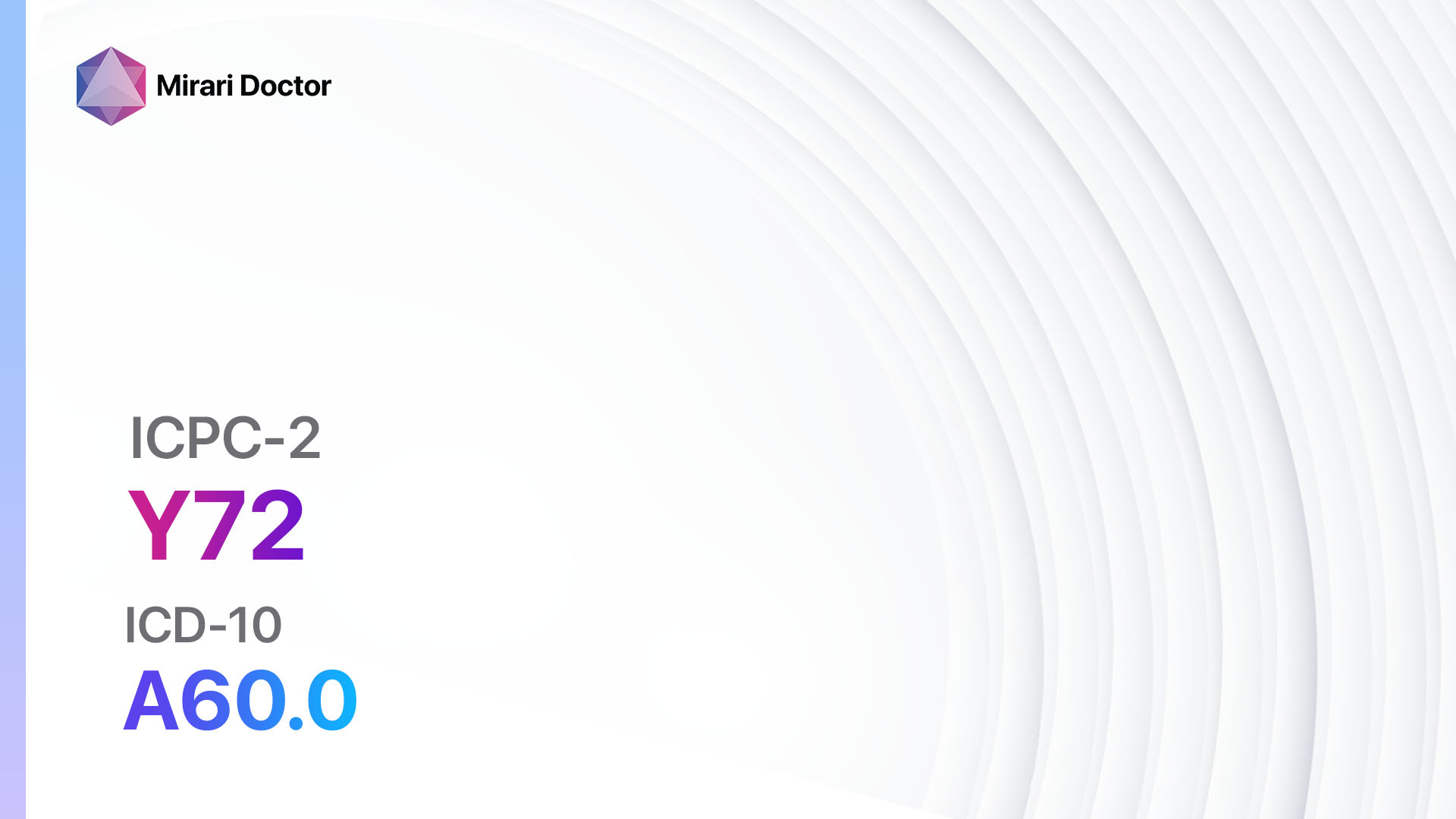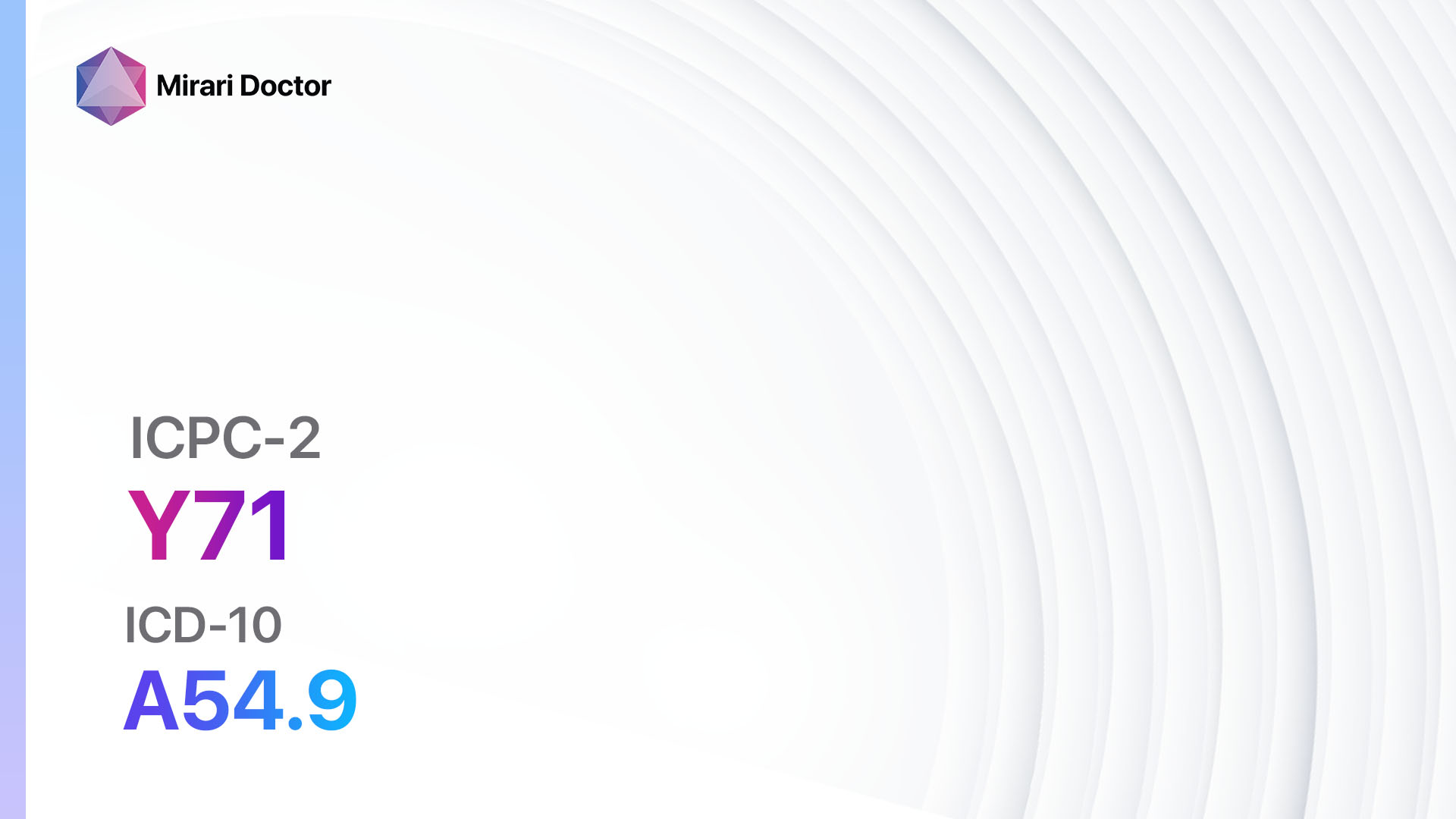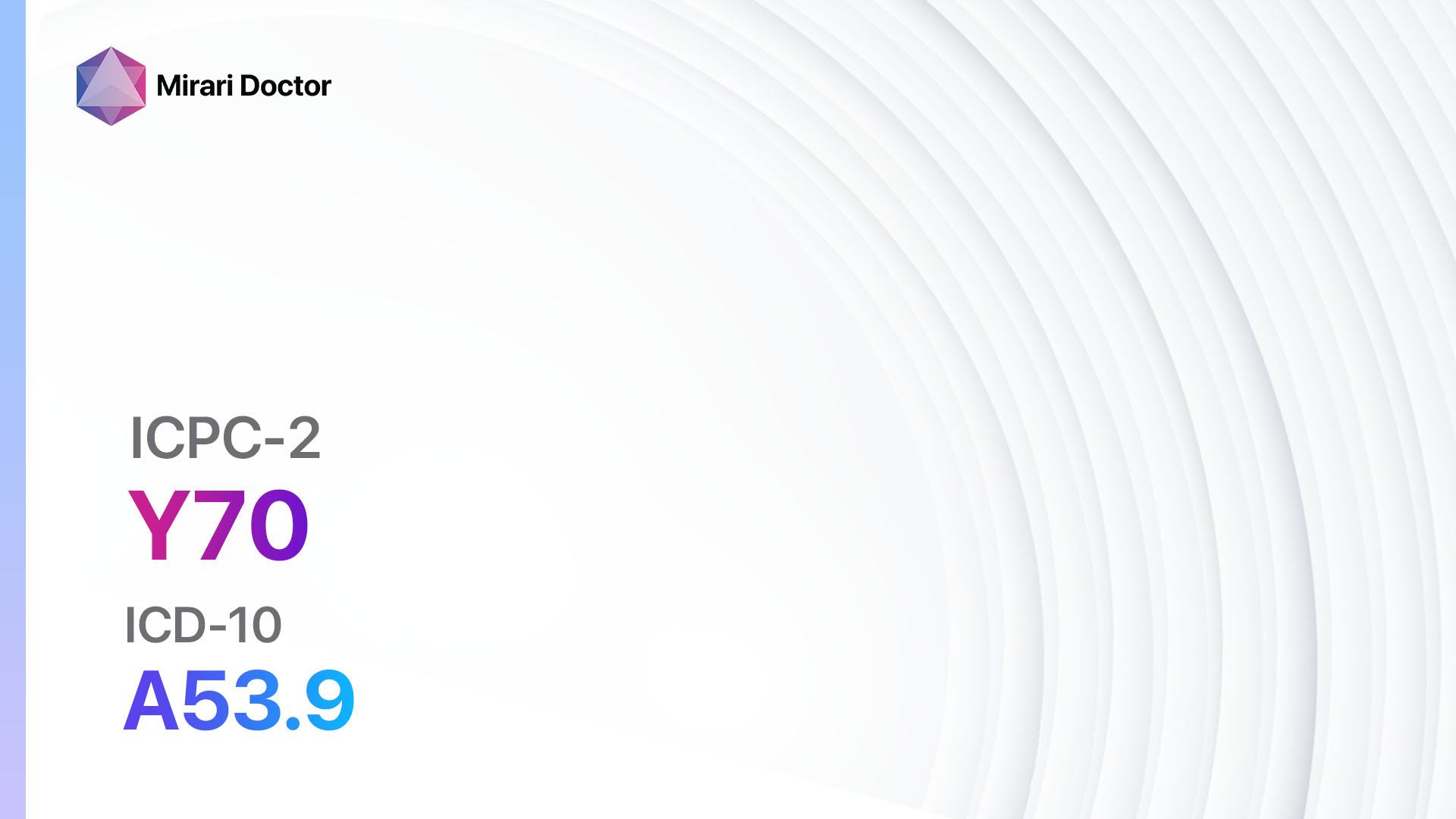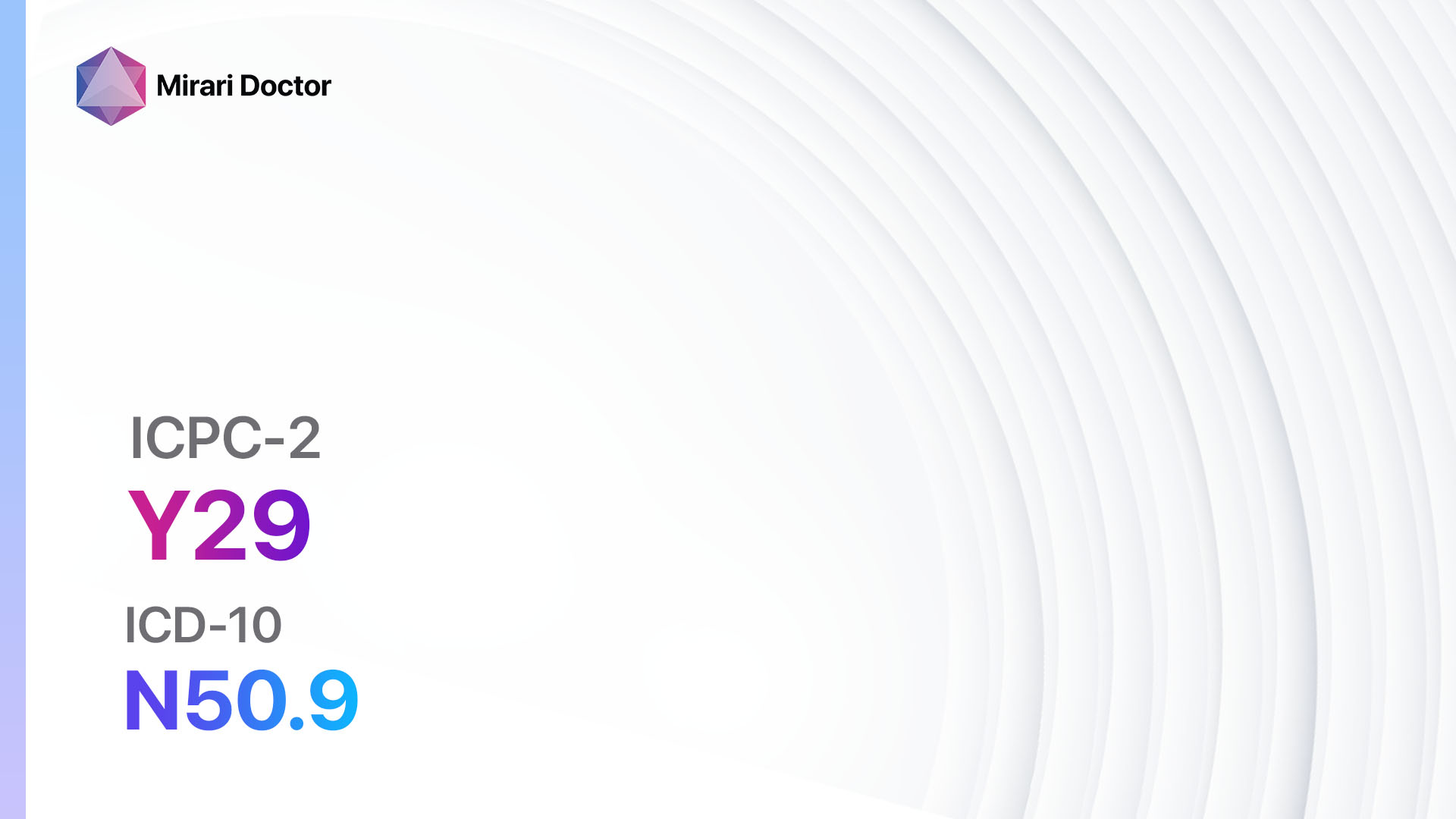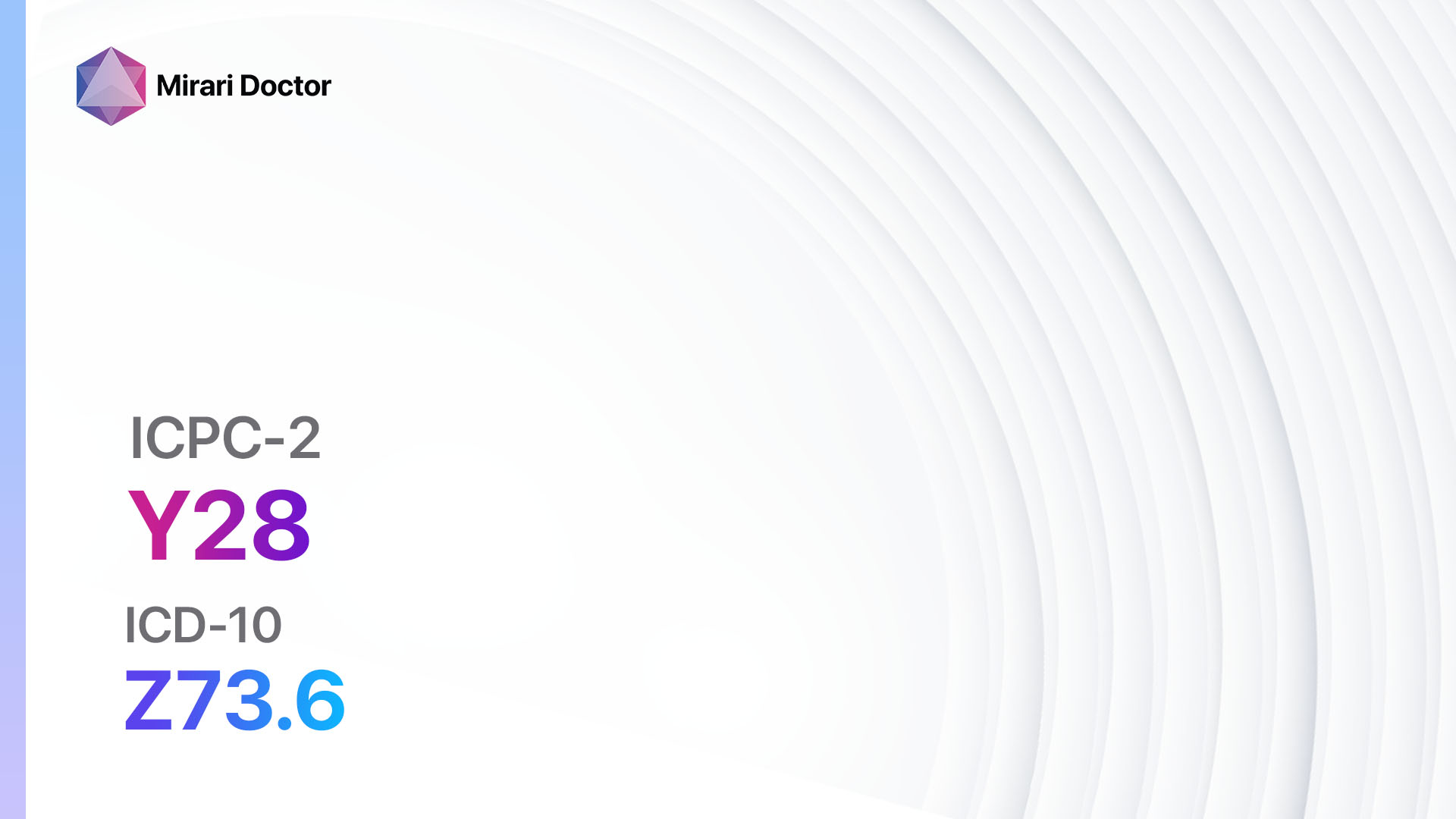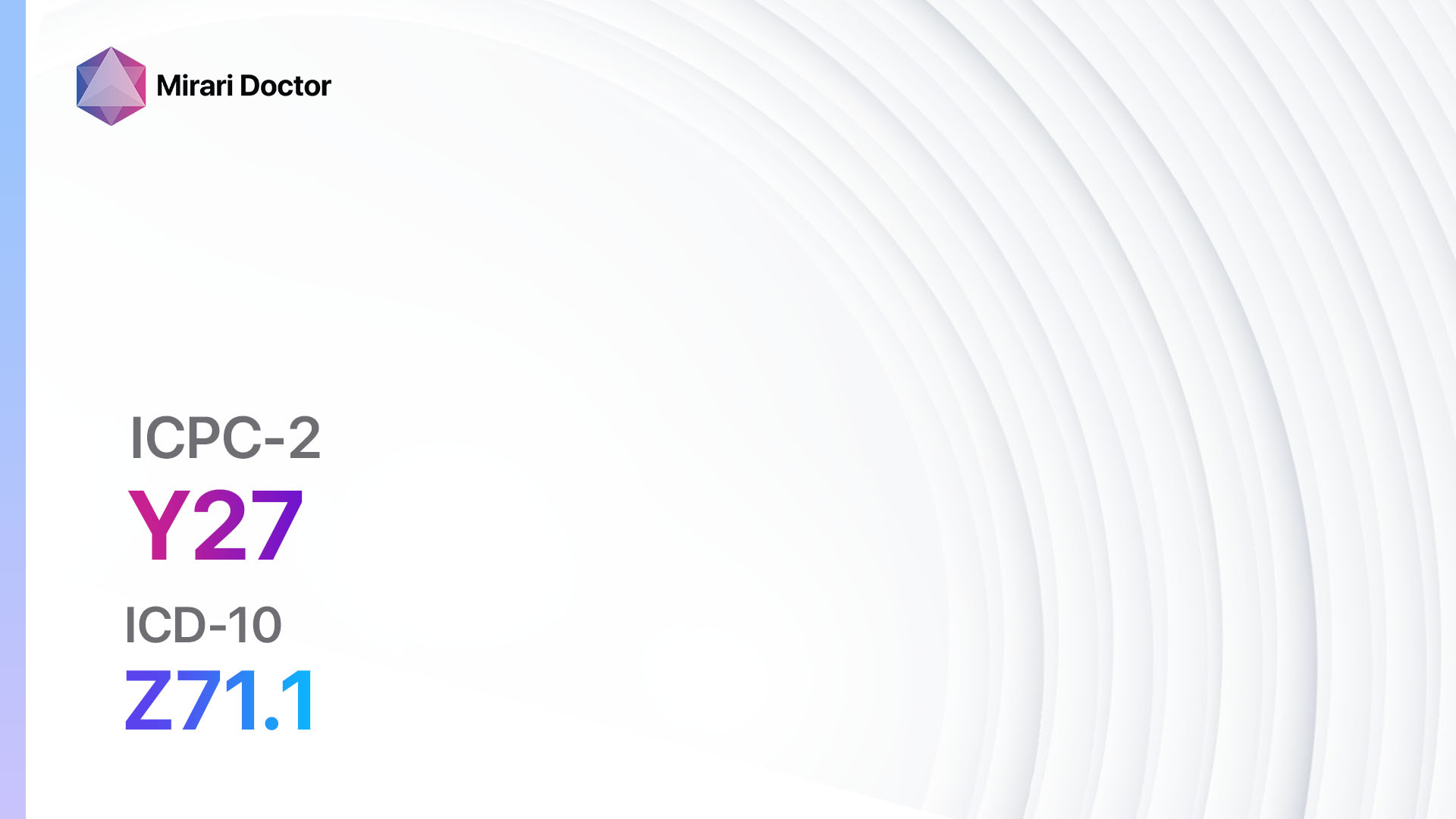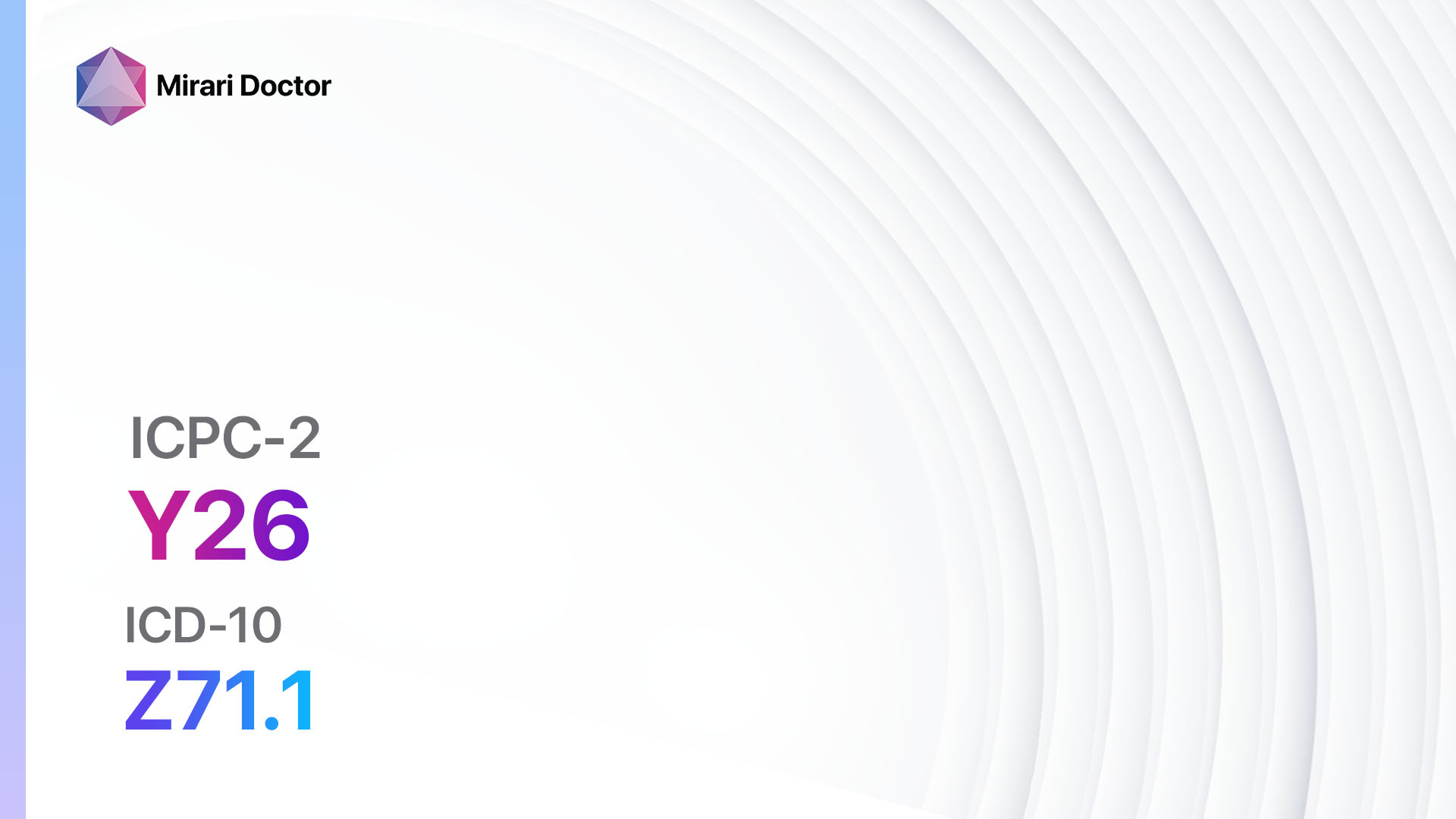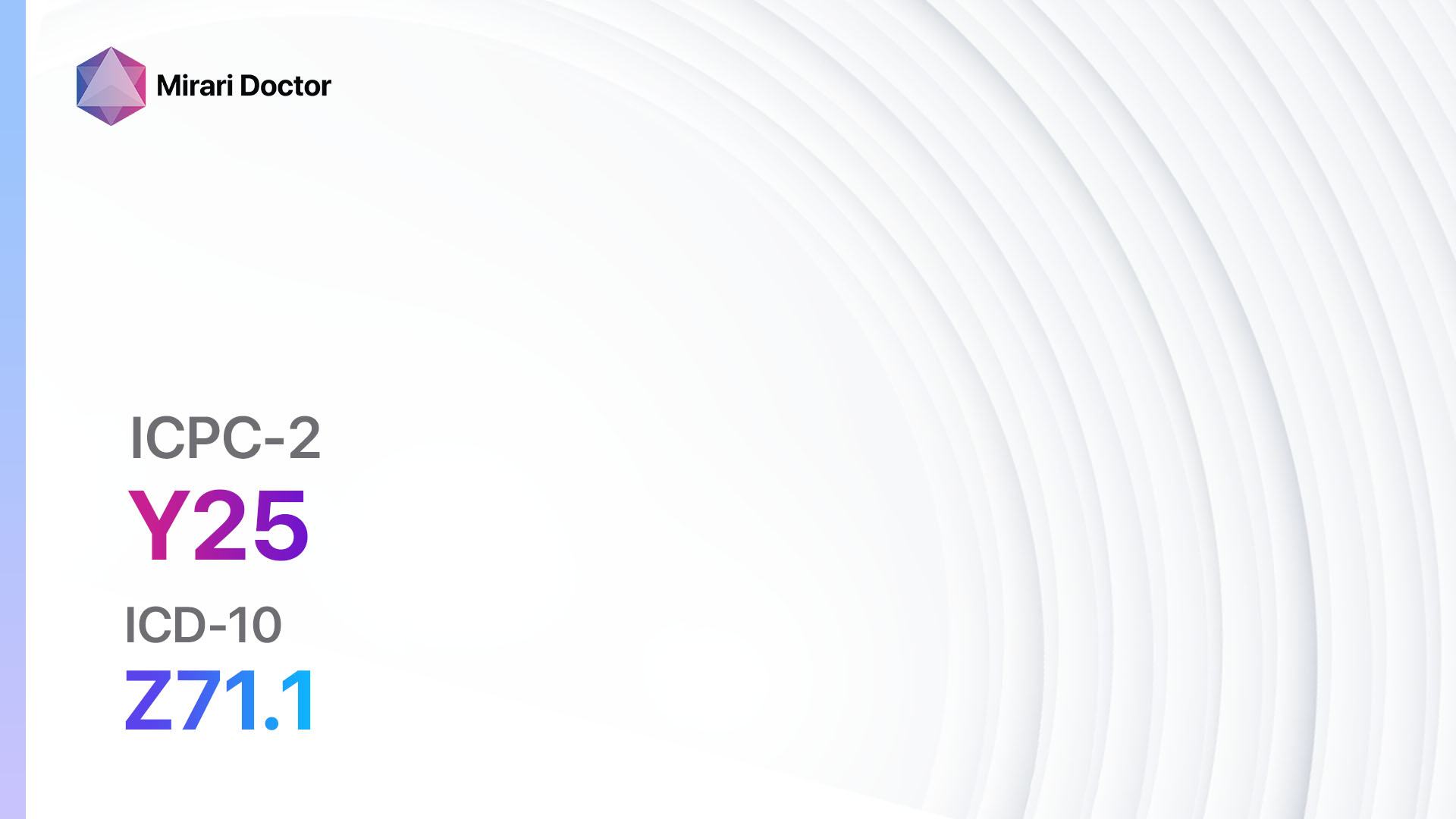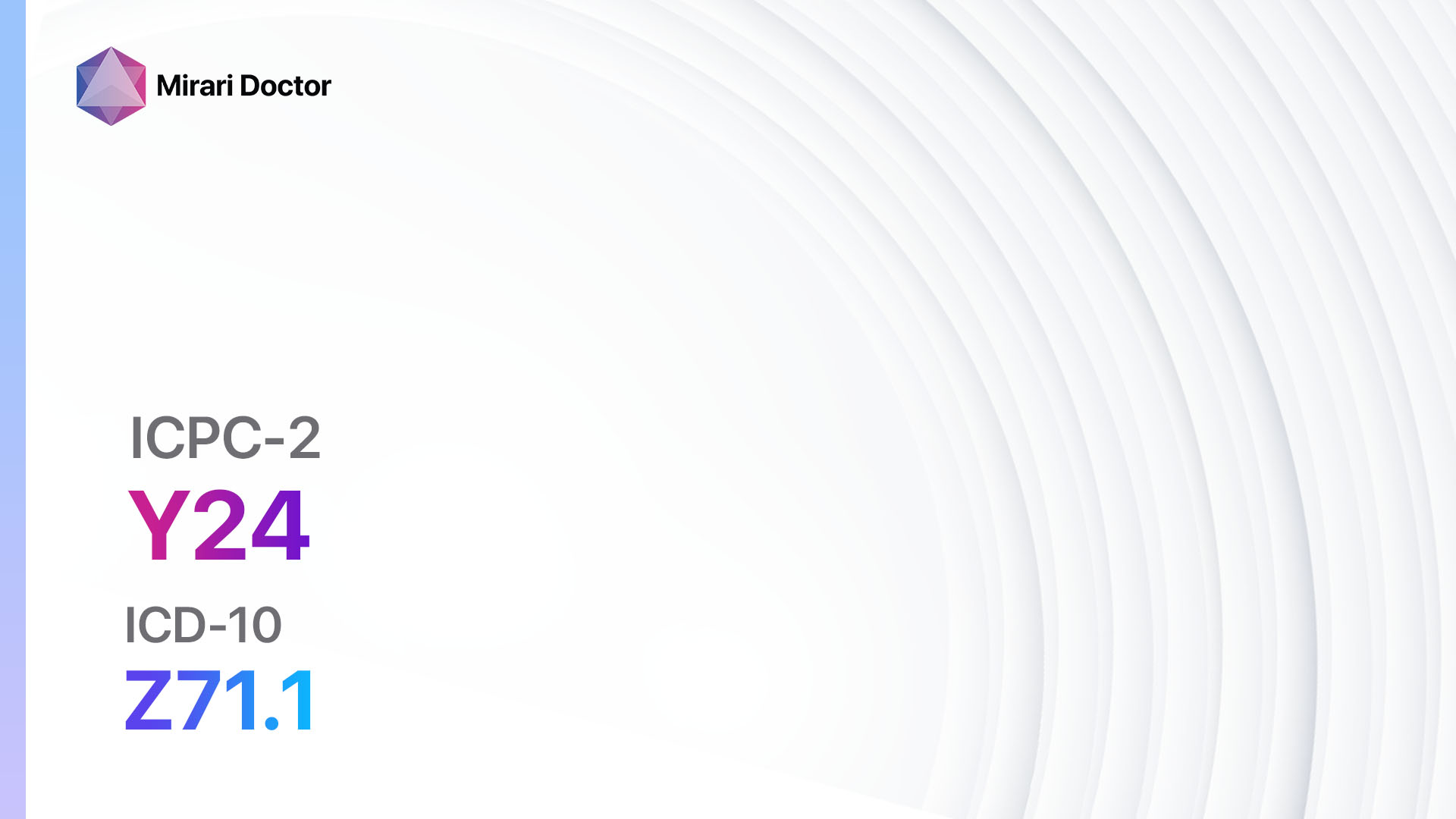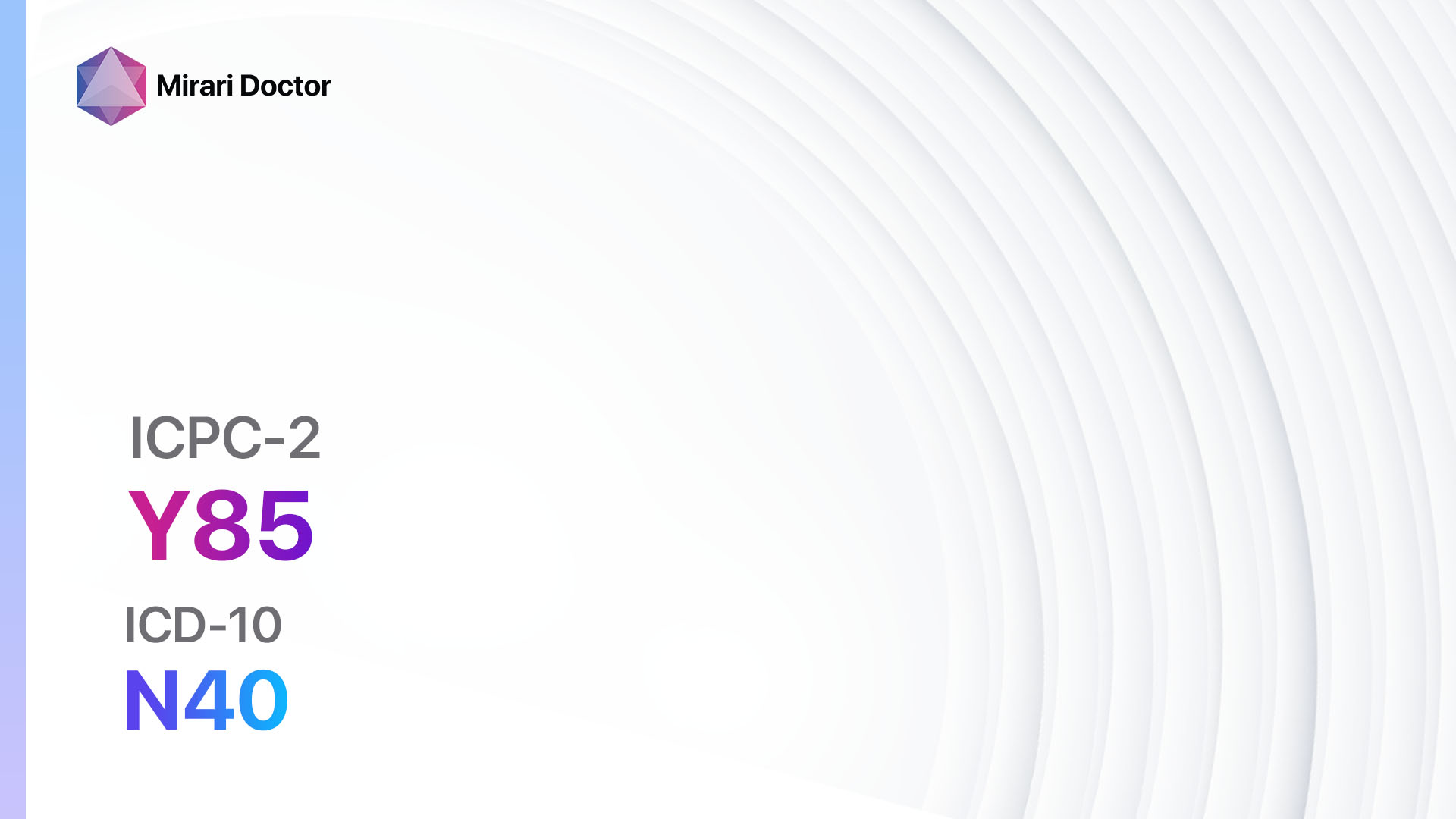
Introduction
Benign prostatic hypertrophy (BPH) is a non-cancerous enlargement of the prostate gland, commonly occurring in older men. It can cause urinary symptoms and may lead to complications if left untreated.[1]The aim of this guide is to provide a comprehensive overview of BPH, including its symptoms, causes, diagnostic steps, possible interventions, and patient education.
Codes
Symptoms
- Frequent urination: Increased frequency of urination, especially during the night.
- Urgency: A sudden and compelling need to urinate.
- Weak urine flow: Difficulty starting and maintaining a steady urine flow.
- Incomplete emptying of the bladder: The feeling of not completely emptying the bladder after urination.
- Dribbling at the end of urination: Urine leakage or dribbling after finishing urination.
- Urinary retention: Difficulty in completely emptying the bladder.[2]
Causes
- Age: BPH is more common in older men, with prevalence increasing with age.
- Hormonal factors: Changes in hormone levels, particularly an increase in dihydrotestosterone (DHT), can contribute to prostate enlargement.
- Family history: Having a family history of BPH increases the risk of developing the condition.
- Lifestyle factors: Obesity, lack of physical activity, and a diet high in red meat and low in fruits and vegetables may increase the risk of BPH.[4]
Diagnostic Steps
Medical History
- Gather information about the patient’s urinary symptoms, including frequency, urgency, weak urine flow, and incomplete emptying.
- Identify any risk factors, such as age, family history, and lifestyle factors.
- Assess the impact of symptoms on the patient’s quality of life.[5]
Physical Examination
- Perform a digital rectal examination (DRE) to assess the size and shape of the prostate gland.
- Check for any signs of complications, such as urinary retention or kidney damage.
- Evaluate other areas of the body for potential symptoms related to BPH, such as blood pressure measurement for hypertension.[5]
Laboratory Tests
- Prostate-specific antigen (PSA) blood test: Measure PSA levels to assess the risk of prostate cancer and monitor disease progression.
- Urinalysis: Evaluate urine for signs of infection, blood, or other abnormalities.
- Renal function tests: Measure kidney function through blood tests, such as creatinine and blood urea nitrogen (BUN) levels.[3]
Diagnostic Imaging
- Transrectal ultrasound (TRUS): Use ultrasound to visualize the prostate gland and assess its size and shape.
- Uroflowmetry: Measure urine flow rate and assess any obstruction in the urinary tract.
- Cystoscopy: Insert a thin tube with a camera into the urethra to examine the urinary tract for any abnormalities.[6][7]
Other Tests
- Urodynamic studies: Evaluate bladder function and pressure during urination.
- Post-void residual (PVR) measurement: Measure the amount of urine left in the bladder after urination.
- Pressure-flow study: Assess the relationship between bladder pressure and urine flow during urination.[9]
Follow-up and Patient Education
- Schedule regular follow-up visits to monitor symptoms and assess treatment response.
- Educate the patient about the nature of BPH, its progression, and available treatment options[8].
- Provide information on lifestyle modifications, such as fluid management and bladder training, to improve symptoms.[10]
Possible Interventions
Traditional Interventions
Medications:
Top 5 drugs for Benign prostatic hypertrophy:
- Alpha-blockers (e.g., Tamsulosin, Terazosin):
- Cost: Generic versions can be $20-$50/month.
- Contraindications: Hypersensitivity to alpha-blockers.
- Side effects: Dizziness, low blood pressure, retrograde ejaculation.
- Severe side effects: Fainting, severe allergic reactions.
- Drug interactions: Other blood pressure medications, phosphodiesterase-5 inhibitors.
- Warning: Take medication at bedtime to minimize dizziness.
- 5-alpha reductase inhibitors (e.g., Finasteride, Dutasteride):
- Cost: Generic versions can be $10-$40/month.
- Contraindications: Hypersensitivity to 5-alpha reductase inhibitors, women of childbearing potential.
- Side effects: Decreased libido, erectile dysfunction, breast tenderness.
- Severe side effects: Depression, suicidal thoughts.
- Drug interactions: None known.
- Warning: May take several months to see full effects.
- Combination therapy (Alpha-blocker + 5-alpha reductase inhibitor):
- Cost: Generic versions can be $30-$70/month.
- Contraindications: Hypersensitivity to alpha-blockers or 5-alpha reductase inhibitors, women of childbearing potential.
- Side effects: Side effects of both medications.
- Severe side effects: Side effects of both medications.
- Drug interactions: Drug interactions of both medications.
- Warning: Combination therapy may provide better symptom relief than monotherapy.
- Phosphodiesterase-5 inhibitors (e.g., Tadalafil):
- Cost: Generic versions can be $50-$200/month.
- Contraindications: Hypersensitivity to phosphodiesterase-5 inhibitors, nitrates.
- Side effects: Headache, indigestion, muscle aches.
- Severe side effects: Priapism, sudden loss of vision or hearing.
- Drug interactions: Alpha-blockers, nitrates.
- Warning: Inform healthcare provider of any sudden vision or hearing changes.
- Anticholinergic medications (e.g., Oxybutynin, Tolterodine):
- Cost: Generic versions can be $10-$40/month.
- Contraindications: Urinary retention, gastric retention, uncontrolled narrow-angle glaucoma.
- Side effects: Dry mouth, constipation, blurred vision.
- Severe side effects: Urinary retention, severe allergic reactions.
- Drug interactions: Other anticholinergic medications.
- Warning: Use with caution in elderly patients due to increased risk of adverse effects.
Alternative Drugs:
- Phytotherapy (e.g., Saw palmetto, Pygeum africanum): Herbal supplements that may help reduce BPH symptoms.
- Beta-sitosterol: A plant sterol that may improve urinary symptoms in BPH.
- PDE-9 inhibitors: Newer class of medications that target cyclic guanosine monophosphate (cGMP) degradation.
- Minimally invasive procedures (e.g., Prostatic urethral lift, Water vapor therapy): Procedures that provide symptom relief without the need for major surgery.
- Surgical interventions (e.g., Transurethral resection of the prostate, Laser prostatectomy): Surgical removal or destruction of prostate tissue to relieve symptoms.
Surgical Procedures:
- Transurethral resection of the prostate (TURP): Remove excess prostate tissue using a resectoscope. Cost: $10,000 to $15,000.
- Laser prostatectomy: Use laser energy to remove or vaporize excess prostate tissue. Cost: $10,000 to $15,000.
Alternative Interventions
- Acupuncture: May help relieve BPH symptoms and improve urinary flow. Cost: $60-$120 per session.
- Saw palmetto extract: Herbal supplement that may reduce BPH symptoms. Cost: $10-$30 per month.
- Yoga and relaxation techniques: Can help manage stress and improve overall well-being. Cost: Varies depending on location and class fees.
- Pelvic floor exercises: Strengthening the pelvic floor muscles may improve urinary control. Cost: Free.
- Heat therapy (e.g., warm baths, heating pads): Applying heat to the lower abdomen may help relieve BPH symptoms. Cost: Varies depending on the method used.
Lifestyle Interventions
- Fluid management: Limit intake of fluids, especially caffeinated and alcoholic beverages, before bedtime to reduce nighttime urination. Cost: Free.
- Bladder training: Learn techniques to delay urination and gradually increase the time between bathroom visits. Cost: Free.
- Dietary changes: Increase intake of fruits, vegetables, and whole grains, and reduce consumption of red meat and processed foods. Cost: Varies depending on food choices.
- Regular physical activity: Engage in moderate exercise, such as brisk walking, for at least 30 minutes most days of the week. Cost: Free or gym membership fees.
- Stress management: Practice stress-reducing techniques, such as meditation or deep breathing exercises. Cost: Free.
It is important to note that the cost ranges provided are approximate and may vary depending on the location and availability of the interventions. It is recommended to consult with a healthcare professional for personalized treatment options and cost estimates.
Mirari Cold Plasma Alternative Intervention
Understanding Mirari Cold Plasma
- Safe and Non-Invasive Treatment: Mirari Cold Plasma is a safe and non-invasive treatment option for various skin conditions. It does not require incisions, minimizing the risk of scarring, bleeding, or tissue damage.
- Efficient Extraction of Foreign Bodies: Mirari Cold Plasma facilitates the removal of foreign bodies from the skin by degrading and dissociating organic matter, allowing easier access and extraction.
- Pain Reduction and Comfort: Mirari Cold Plasma has a local analgesic effect, providing pain relief during the treatment, making it more comfortable for the patient.
- Reduced Risk of Infection: Mirari Cold Plasma has antimicrobial properties, effectively killing bacteria and reducing the risk of infection.
- Accelerated Healing and Minimal Scarring: Mirari Cold Plasma stimulates wound healing and tissue regeneration, reducing healing time and minimizing the formation of scars.
Mirari Cold Plasma Prescription
Video instructions for using Mirari Cold Plasma Device – Y85 Benign prostatic hypertrophy (ICD-10:N40)
| Mild | Moderate | Severe |
| Mode setting: 1 (Infection) Location: 2 (Prostate & Uterus) Morning: 15 minutes, Evening: 15 minutes | Mode setting: 1 (Infection) Location: 2 (Prostate & Uterus) Morning: 30 minutes, Lunch: 30 minutes, Evening: 30 minutes | Mode setting: 1 (Infection) Location: 2 (Prostate & Uterus) Morning: 30 minutes, Lunch: 30 minutes, Evening: 30 minutes |
| Mode setting: 2 (Wound Healing) Location: 2 (Prostate & Uterus) Morning: 15 minutes, Evening: 15 minutes | Mode setting: 2 (Wound Healing) Location: 2 (Prostate & Uterus) Morning: 30 minutes, Lunch: 30 minutes, Evening: 30 minutes | Mode setting: 2 (Wound Healing) Location: 2 (Prostate & Uterus) Morning: 30 minutes, Lunch: 30 minutes, Evening: 30 minutes |
| Mode setting: 7 (Immunotherapy) Location: 1 (Sacrum) Morning: 15 minutes, Evening: 15 minutes | Mode setting: 7 (Immunotherapy) Location: 1 (Sacrum) Morning: 30 minutes, Lunch: 30 minutes, Evening: 30 minutes | Mode setting: 7 (Immunotherapy) Location: 1 (Sacrum) Morning: 30 minutes, Lunch: 30 minutes, Evening: 30 minutes |
| Mode setting: 7 (Immunotherapy) Location: 1 (Sacrum) Morning: 15 minutes, Evening: 15 minutes | Mode setting: 7 (Immunotherapy) Location: 1 (Sacrum) Morning: 30 minutes, Lunch: 30 minutes, Evening: 30 minutes | Mode setting: 7 (Immunotherapy) Location: 1 (Sacrum) Morning: 30 minutes, Lunch: 30 minutes, Evening: 30 minutes |
| Total Morning: 60 minutes approx. $10 USD, Evening: 60 minutes approx. $10 USD | Total Morning: 120 minutes approx. $20 USD, Lunch: 120 minutes approx. $20 USD, Evening: 120 minutes approx. $20 USD, | Total Morning: 120 minutes approx. $20 USD, Lunch: 120 minutes approx. $20 USD, Evening: 120 minutes approx. $20 USD, |
| Usual treatment for 7-60 days approx. $140 USD – $1200 USD | Usual treatment for 6-8 weeks approx. $2,520USD – $3,360 USD | Usual treatment for 3-6 months approx. $5,400 USD – $10,800 USD |
 |
|
Use the Mirari Cold Plasma device to treat Benign prostatic hypertrophy effectively.
WARNING: MIRARI COLD PLASMA IS DESIGNED FOR THE HUMAN BODY WITHOUT ANY ARTIFICIAL OR THIRD PARTY PRODUCTS. USE OF OTHER PRODUCTS IN COMBINATION WITH MIRARI COLD PLASMA MAY CAUSE UNPREDICTABLE EFFECTS, HARM OR INJURY. PLEASE CONSULT A MEDICAL PROFESSIONAL BEFORE COMBINING ANY OTHER PRODUCTS WITH USE OF MIRARI.
Step 1: Cleanse the Skin
- Start by cleaning the affected area of the skin with a gentle cleanser or mild soap and water. Gently pat the area dry with a clean towel.
Step 2: Prepare the Mirari Cold Plasma device
- Ensure that the Mirari Cold Plasma device is fully charged or has fresh batteries as per the manufacturer’s instructions. Make sure the device is clean and in good working condition.
- Switch on the Mirari device using the power button or by following the specific instructions provided with the device.
- Some Mirari devices may have adjustable settings for intensity or treatment duration. Follow the manufacturer’s instructions to select the appropriate settings based on your needs and the recommended guidelines.
Step 3: Apply the Device
- Place the Mirari device in direct contact with the affected area of the skin. Gently glide or hold the device over the skin surface, ensuring even coverage of the area experiencing.
- Slowly move the Mirari device in a circular motion or follow a specific pattern as indicated in the user manual. This helps ensure thorough treatment coverage.
Step 4: Monitor and Assess:
- Keep track of your progress and evaluate the effectiveness of the Mirari device in managing your Benign prostatic hypertrophy. If you have any concerns or notice any adverse reactions, consult with your health care professional.
Note
This guide is for informational purposes only and should not replace the advice of a medical professional. Always consult with your healthcare provider or a qualified medical professional for personal advice, diagnosis, or treatment. Do not solely rely on the information presented here for decisions about your health. Use of this information is at your own risk. The authors of this guide, nor any associated entities or platforms, are not responsible for any potential adverse effects or outcomes based on the content.
Mirari Cold Plasma System Disclaimer
- Purpose: The Mirari Cold Plasma System is a Class 2 medical device designed for use by trained healthcare professionals. It is registered for use in Thailand and Vietnam. It is not intended for use outside of these locations.
- Informational Use: The content and information provided with the device are for educational and informational purposes only. They are not a substitute for professional medical advice or care.
- Variable Outcomes: While the device is approved for specific uses, individual outcomes can differ. We do not assert or guarantee specific medical outcomes.
- Consultation: Prior to utilizing the device or making decisions based on its content, it is essential to consult with a Certified Mirari Tele-Therapist and your medical healthcare provider regarding specific protocols.
- Liability: By using this device, users are acknowledging and accepting all potential risks. Neither the manufacturer nor the distributor will be held accountable for any adverse reactions, injuries, or damages stemming from its use.
- Geographical Availability: This device has received approval for designated purposes by the Thai and Vietnam FDA. As of now, outside of Thailand and Vietnam, the Mirari Cold Plasma System is not available for purchase or use.
References
- Mayo Clinic. (2022). Benign prostatic hyperplasia (BPH) – Symptoms and causes. Retrieved from//www.mayoclinic.org/diseases-conditions/benign-prostatic-hyperplasia/symptoms-causes/syc-20370087
- National Institute of Diabetes and Digestive and Kidney Diseases. (n.d.). Prostate Enlargement (Benign Prostatic Hyperplasia). Retrieved from//www.niddk.nih.gov/health-information/urologic-diseases/prostate-problems/prostate-enlargement-benign-prostatic-hyperplasia
- Vinmec International Hospital. (n.d.). Common imaging tests and diagnostic tests for benign prostatic hypertrophy. Retrieved from//www.vinmec.com/en/news/health-news/general-health-check/common-imaging-tests-and-diagnostic-tests-for-benign-prostatic-hypertrophy/
- American Prostate Centers. (n.d.). BPH Risk Factors. Retrieved from//americanprostatecenters.com/benign-prostatic-hyperplasia/bph-risk-factors/
- Medscape. (n.d.). Benign Prostatic Hyperplasia (BPH) Clinical Presentation: History, Physical Examination, Complications. Retrieved from//emedicine.medscape.com/article/437359-clinical
- Mayo Clinic. (2022). Benign prostatic hyperplasia (BPH) – Diagnosis and treatment. Retrieved from//www.mayoclinic.org/diseases-conditions/benign-prostatic-hyperplasia/diagnosis-treatment/drc-20370093
- Radiopaedia. (n.d.). Benign prostatic hyperplasia. Retrieved from//radiopaedia.org/articles/benign-prostatic-hyperplasia
- MedPark Hospital. (n.d.). Benign Prostatic Hyperplasia (BPH): Symptoms, Causes, Diagnosis and Treatment. Retrieved from//www.medparkhospital.com/en-US/disease-and-treatment/benign-prostatic-hyperplasia-bph
- Roehrborn, C. G. (2005). Clinical Evaluation of Benign Prostatic Hyperplasia. Reviews in Urology, 7(Suppl 6), S3-S11. Retrieved from//www.ncbi.nlm.nih.gov/pmc/articles/PMC1502354/
- INNO, H ; UEDA, K ; OTAGURO, K ; KATO, T ; ITO, J ; TANAKA, R (1986). Prostate growth factor in the extracts of benign prostatic hypertrophy. Partial purification and physicochemical characterization. DOI: 10.1159/000472575
Related articles
Made in USA


